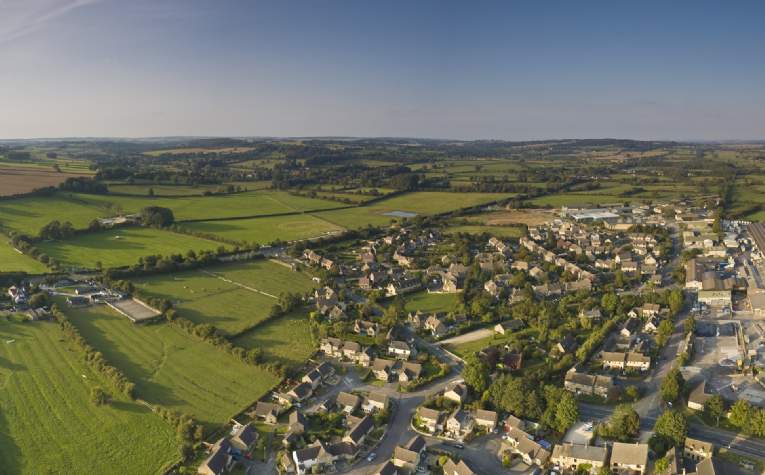Despite rapid growth, British viticulture shows no signs of slowing down in the future. The industry predicts 40 million bottles per year will be produced within the next 20 years, over seven times the current 10-year average. That would also be over double the 15.6 million bottles produced by 2018’s record-breaking harvest.
Quality drives growth
2018 was an exceptional year. Production was close to three times the average due to near perfect growing conditions. Before 2018, it had taken 30 years to increase output from around 2 million bottles per year to just over 5 million bottles. So how does demand leap from where we are now to that 40 million bottle target in only 20 years?
Fortunately, demand for British wine is high. Sales increased by 186 per cent between 2017 and 2018 to 2.6 million bottles. 8 per cent of those were exports, a 3 per cent increase on the previous year. Estimates say exports will account for 30-40 per cent of wine produced in Britain by 2040 giving a potential value of £350 million.
International demand has continually been on the rise after a gold award for British wine at the International Wine and Spirits Competition (IWSC) in 1997. This award-winning trend has continued with the Ridgeview wine estate winning Winemaker of the Year at the IWSC in 2018.
Meeting demand
The area under vine has tripled since 2000 in an attempt to match this growing demand and continues to grow. 1.6 million vines were planted in 2018 meaning another of 405 hectares of grape-growing land in addition to the 2,500 already planted. Two million vines are expected to be planted in 2019. A recent study estimates up to 33,700 hectares of land in the UK could be suitable for planting. Were that area to be realised and produce only average yields, the UK could produce more than 100 million bottles annually.
Our climate is also turning to favour viticulture. Average temperatures in the South East are now akin to those of the Champagne region in the 1980s. Those areas of the UK also have similar chalky soils meaning the quality of the products are remarkably similar. When it comes to taste, it’s often the British produce that is deemed to be better. With this increasingly favourable climate, the UK will be able to produce more of a better quality product.
Preserving the price
Tasmanian wine can demand nearly three times the price of other Australian wines. So while Tasmania produces less than 1 per cent of Australian wine grapes, it accounts for over 4 per cent of its value.
British wine finds itself in a similar position where almost all of its vines are dedicated to high quality grapes. A bottle of British sparkling wine will likely cost around £25 from the supermarket but more premium varieties can demand more than £100 per bottle. Maintaining this premium quality and price will be key to future success.
A reputation for quality is creating high demand and a high price point in both domestic and international markets. Growth within the industry is likely to continue, meaning there is still an opportunity for lucrative investments.
.jpg)
.jpg)
.jpg)

.jpg)
.jpg)
.jpg)
.jpg)
.jpg)
.jpg)
